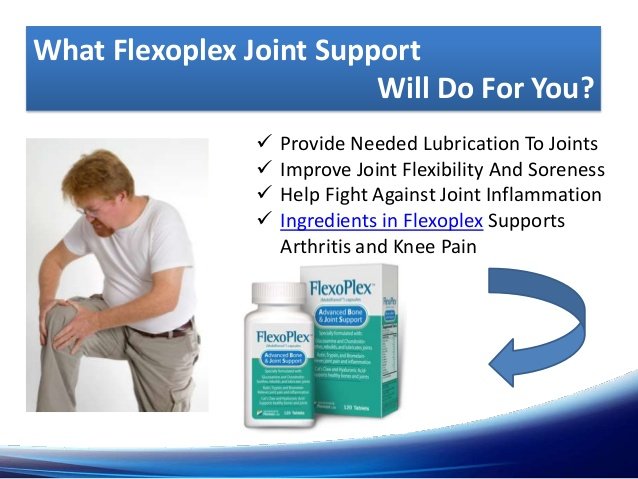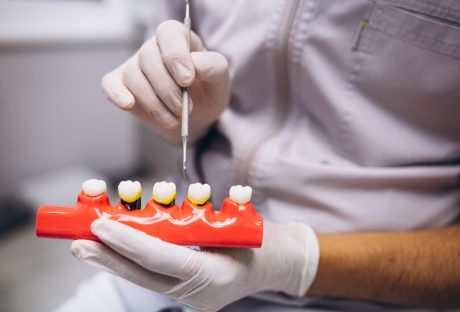Back pain can be very excruciating. This leaves sufferers with no option than to find solutions to the problem. The pain that shoots across the back whenever you bend or try to stand up is not something you should leave for long. It is true that drugs can be a relief. Yet, there are other ways to put it off without taking daily dosages. The answer lies in exercises. These simple exercises can help you to get back on track after moments of excruciating pains.
1. Engage in Side Plank to Relieve Back Pain:
This exercise helps you to strengthen the lower back and the waist. Also, it builds up the strength of the stabilizing muscles. For sure, you can do away with back pain after some weeks of the side plank exercise. So, let’s see how you can pull it off.
Procedure:
- Lay on your right side. It will better to lie on the floor with the right side of the body. Attempt lifting up the body while supporting the frame with the right hand rooted to the floor.
- While lifting up, clench the stomach muscles. This helps you to maintain stability.
- Make sure to stay in the position for 40-60 seconds. Gently lower the body to the floor, and repeat the process over again.
2. Wall Sits can Relieve Back Pain:
Break away from the boredom of sitting for long hours. Kick-start your back pain relief with the wall sit exercise. These tips will help you pull it off.
- Stand with your back against the wall at a distance of 10-12 inches.
- Lean back into the wall until your back flattens against it.
- Slowly slide down the wall until your knees get a slight bend.
- Hold on to the position for a count of 10.
- Slide back up the wall, and repeat for 12 more times.
3. Bird Dog is a Relief for Back Pain:
This is a nice way to mobile the back. To get started, get on all fours. Make sure your head is in line with the neutrally-positioned spine.
Procedure:
- Get on all fours. Let the knees, hands, and the tip of the feet are touching the ground.
- Raise the opposite hand and leg in a horizontal position, and hold the position for a count of 3.
- Increase the time-frame from 3 to 10. While at it, try to raise the opposite legs and hands. Remember to keep the elbows locked, and the stomach tightened.
4. Hip Bridge Relieves Back Pain:
This exercise helps to keep pressure off the back and strengthen the lower back muscles. Here are tips to get it right.
- Lie on your back and keep the legs slightly apart.
- Prop up the buttocks to lift up the body. Maintain this until it gets to the shoulder length.
- At the count of 5, lift the body down to the floor.
- You can try up to 12 times per session to get the best result.
5. Hamstring Stretches reduce Back Pain:
The hamstring muscles located at the back of the legs, tend to be stiff during back pain. It is important to stretch it out, and in extension, relieve the pain at the back. This is how to do it:
- Lie on your back and bend one knee.
- Loop a towel under the ball of the raised foot.
- Straighten the knee and pull back on the towel.
- Try not to exert more force when you feel a gentle stretch down the back of the leg.
- Try to maintain the position for 30 seconds.
- Repeat the process four times on each leg.
6. Hip Stretch puts off Back Pain:
There is no doubt that this exercise gets to the core point in the body. Also, it is a nice way to get relief from back pain. These practical steps will put you through:
- Kneel with one knee on the floor.
- Tilt the other foot forward.
- Push the hips forward while keeping the back in an upright posture.
- Hold the position for 30 seconds.
- Change positions and repeat with the other knee.
- Repeat the process twice for each knee.
7. Lower Back Stretch can Relieve Back Pain:
Have you always wanted to get rid of back pain? A simple stretch at the lower back can do a lot of good. Try your hands at the lower back stretch exercise by putting these steps to work:
- Kneel with your knees directly under the hips, and the hands directly under the shoulders.
- Keep the spine in a neutral position.
- Do not lock the elbows. Now, keep the head in line with the back of the shoulders and the spine.
- Take the bottom back towards the heels.
- Maintain the position for 30 seconds.
- Get back to the first formation and start all over again.
- Repeat the process for 8 times per session.
Get Relief for Back Pain:
There is no one who wants to experience pain. It gets worse when it has to do with the excruciating shot that passes across the back. Without taking any drugs, the above exercises will help you get rid of back pain. Get on all fours, and stretch the body as you can to get relief from back pain.
Read Also:
- Can A Mattress Cause Back Pain?
- Best Mattress For Back Pain
- How Activity Mirrors Add Value To Exercise Place!
- What Are Popular Mind And Body Exercises Available At A Gym?
- Top 10 Muscle And Strength Building Exercise At Home
- What Are Virtual Reality Workouts And How Will They Affect Exercise?
- Easy Ways To Prevent Back Pain With A Seat Cushion When You Are Seated All Day Long





























